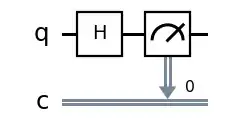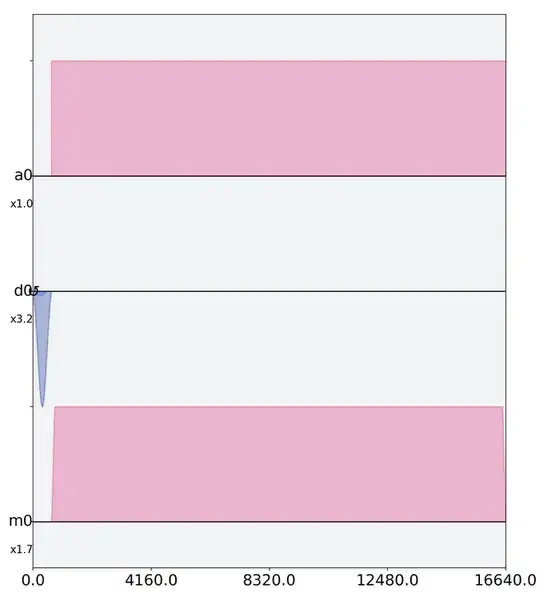There are thousands of articles, books and web sites describing the Hadamard Gate from a theoretical point of view.
But I haven't been able to find any photo about any real implementeation of a Hadamard Gate on superconducting circuits nor any article describing how to make one.
Only some articles speaking about optical implementation of Hadamard gates. (An approach to realize a quantum Hadamard gate through optical implementation)
Maybe the following is the only one I've found with some information, though quite theoretical too (Realization of efficient quantum gates with a superconducting qubit-qutrit circuit)
How are the IBM and Google Hadamard gates fabricated (or created in the laboratory) and operated?


